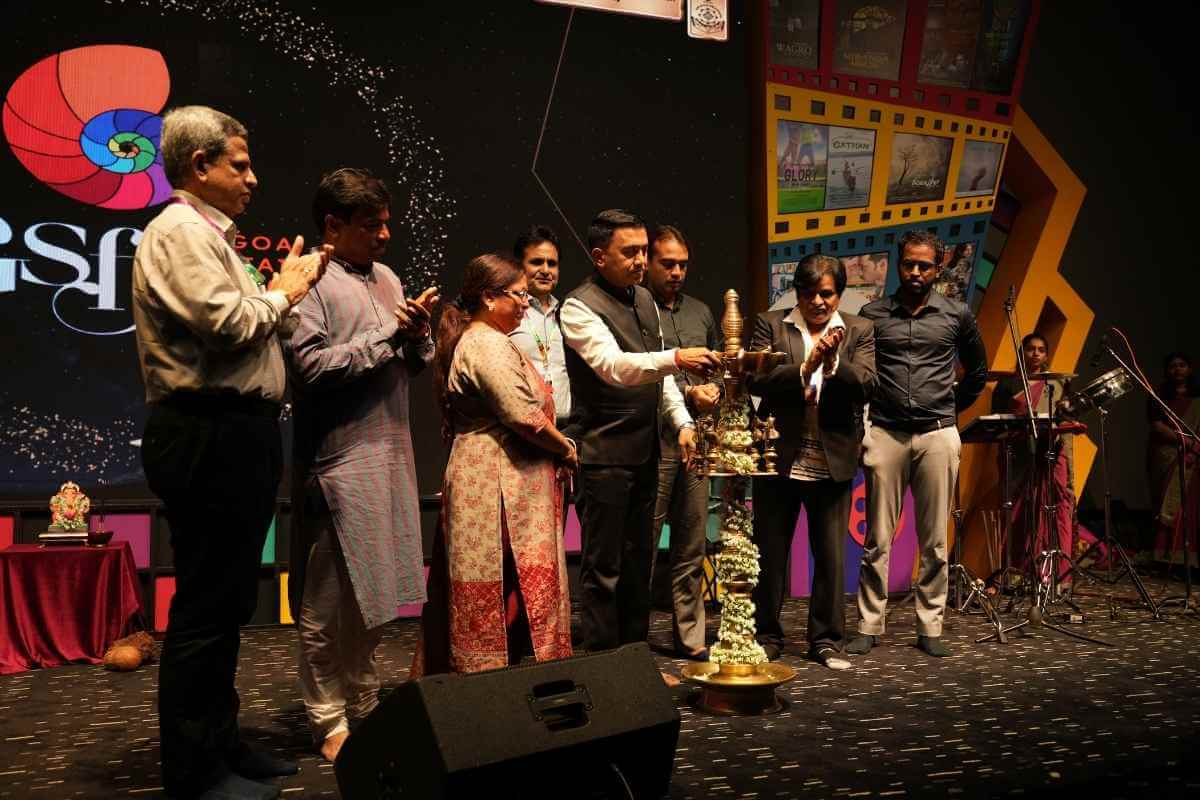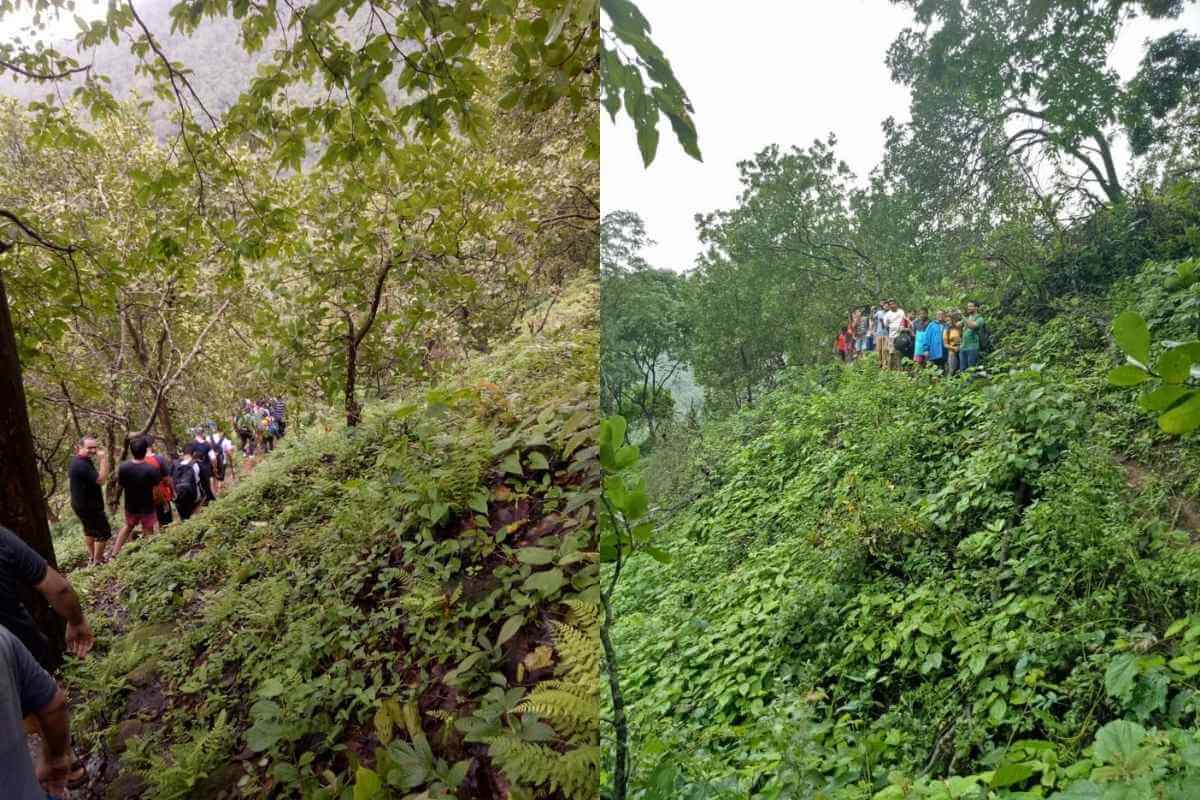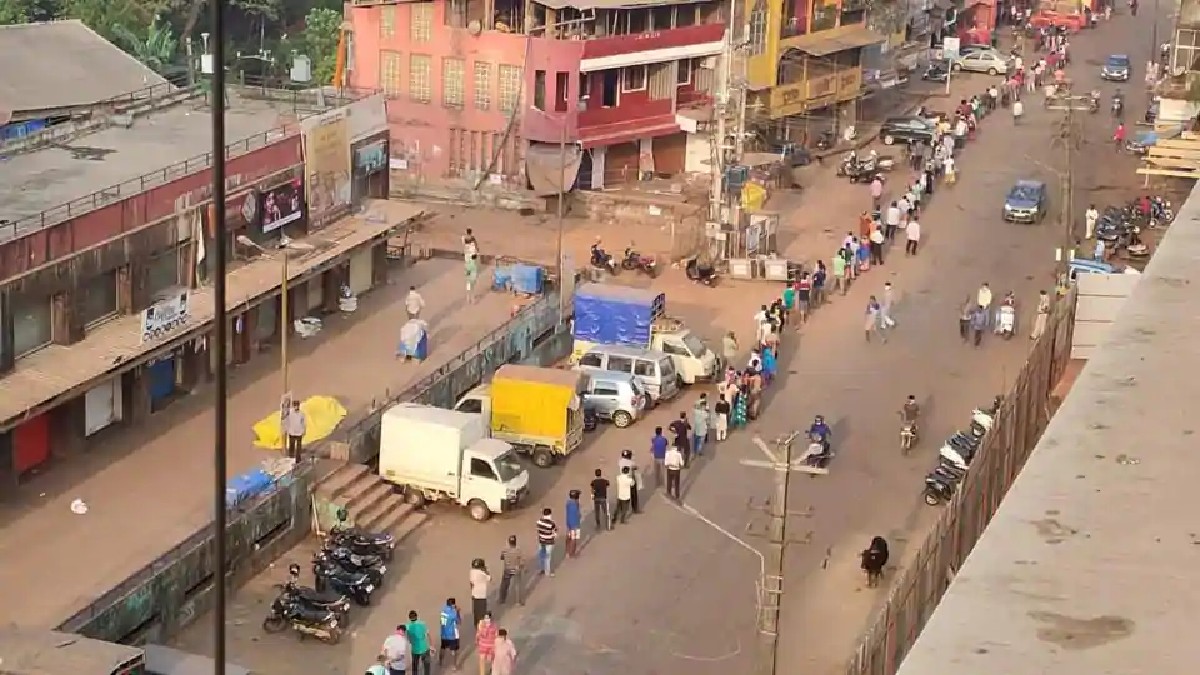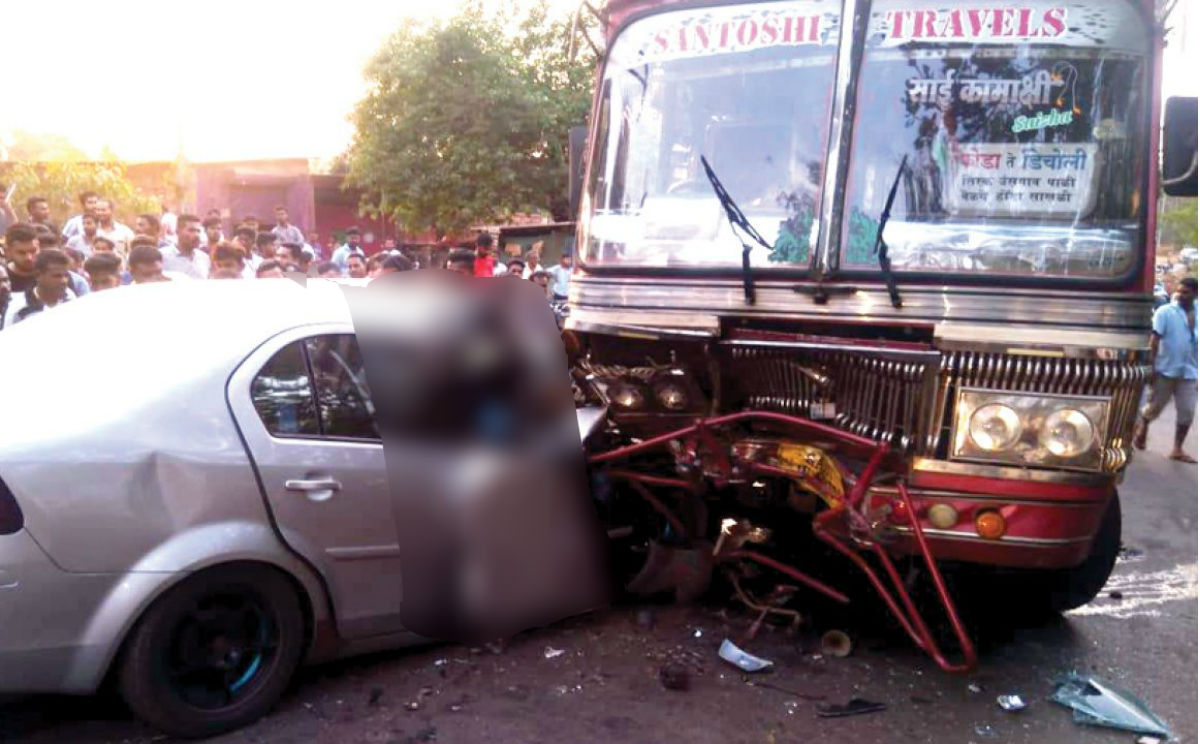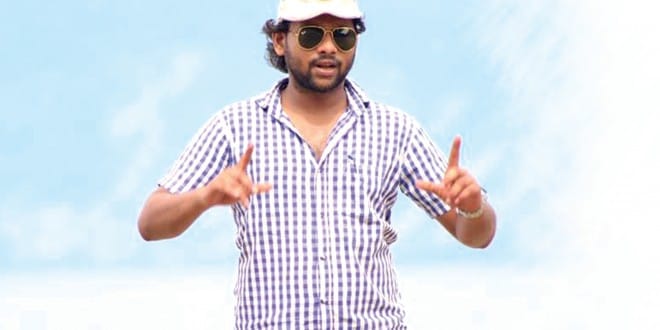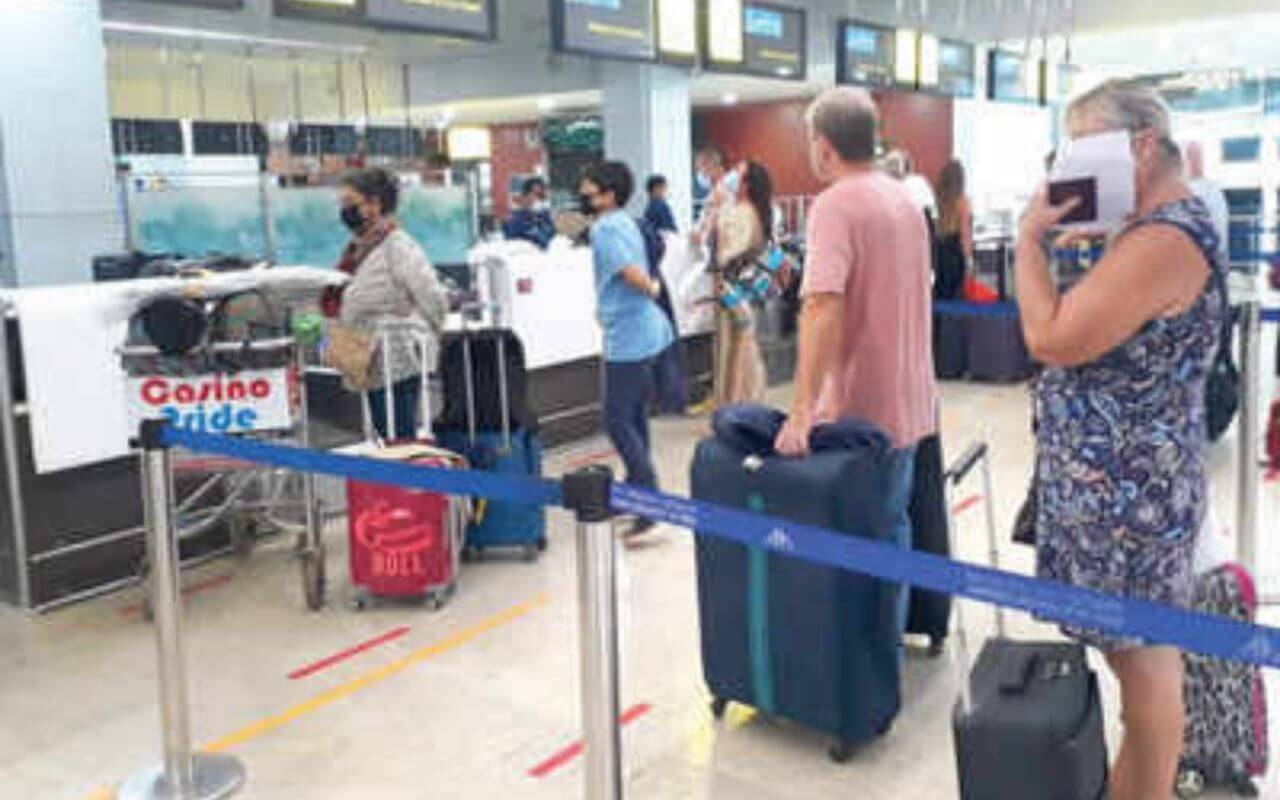Goa is renowned for its beaches, vibrant festivals, and rich cultural heritage. Yet, beneath the surface, a peculiar and ancient ritual remains largely unknown to tourists and even the locals. This unique tradition, known as ‘Chorutsav,’ is one of the most fascinating, albeit bizarre, celebrations practiced in the rural heartlands of Goa. In this spectacle, thieves are symbolically buried, an act that stirs up a mix of curiosity, awe, and bewilderment.
What is Chorutsav?
Chorutsav, which translates to the ‘Festival of Thieves,’ is an age-old Goan ritual celebrated during the time of Holi. The word ‘Chor’ means thief, and ‘Utsav’ refers to a celebration or festival. Though this festival may sound strange at first, it is an authentic representation of the cultural richness and history of Goa. While many of the state’s residents are engaged in the colorful festivities of Shigmo, a festival known for its lively floats and exuberant street parades, the rural villages of Goa are immersed in the more mysterious and captivating Chorutsav. The festival typically lasts during a full moon night, lending an eerie yet enchanting atmosphere to the event.
Where is it Celebrated?
The Chorutsav ritual is celebrated in a few select villages in Goa, primarily in Zarme and Caranzol, both located in the Satari taluka. Zarme, situated about 6 km from Valpoi, and Caranzol are the key villages where this ritual is enacted yearly. The festival is held in front of sacred sites, such as the Saptamatrika temple in Zarme and the Kuldevta temple in Caranzol. While the ritual itself may last less than 30 minutes, the preparations leading up to the event take weeks. The villagers carefully prepare the location, dig the pits for burial, and gather all the necessary items for the ritual.
The Ritual: A Fascinating Display of Symbolism
In Zarme, the ritual involves the burial of eight thieves, who are volunteers from the village. The concept is not to punish real criminals but to participate in a deeply symbolic act. Four of these volunteers are buried with their heads above the ground, while the other four are buried with their heads below the surface and their limbs protruding above the earth. Each of the latter group holds a sword, enhancing the dramatic and almost surreal aspect of the performance.
During the ritual, two men dressed as women perform a unique act—one lies dead while the other mocks the buried thieves. The juxtaposition of life and death, the buried figures, and the humor injected by the mockery form a striking visual, which captures the essence of the festival.
In Caranzol, the burial is carried out similarly, though the event features a dramatic addition: the firing of gunshots into the air. This act, called garane, is believed to invoke spirits and enhance the ritual’s supernatural energy. In Caranzol, the pits are arranged in the shape of a swastika, a symbol that holds deep significance in many cultures. Additionally, two men are raised to prominent positions—one on a wooden platform, adorned with a garland of leaves, and another on a spear. This adds a heightened element of the divine and mystical to the already enthralling proceedings.
The Significance of Chorutsav
The origins of Chorutsav are steeped in tragedy, which gives the ritual its unique emotional depth. The story behind this celebration dates back centuries when a group of travelers, four men, and two children, were passing through Caranzol village. They were wrongly accused of being thieves and were subsequently executed by the villagers. The men were beheaded, and the children were hanged, despite their innocence.
When the families of the victims arrived and realized the grave mistake, the villagers were overcome with guilt and remorse. To atone for their actions, they created the Chorutsav, a ritual that would serve as both a remembrance and a means of purification. This act of symbolic justice has since been performed every year, allowing the villagers to seek forgiveness for the wrongful deaths of the innocent.
A similar incident occurred in Zarme, reinforcing the deep connection between these villages and the festival. Though the gruesome nature of the ritual may seem shocking to outsiders, it is carried out with great reverence and sincerity. The ritual acts as a form of atonement, allowing the villagers to cleanse their consciences and ensure that such a tragedy never happens again. It is both an expression of deep remorse and a form of protection for the community, ensuring that injustice and wrongful judgments do not taint their future.
A Festival of Remorse and Reconciliation
While Chorutsav might appear as a grotesque spectacle, its true meaning lies in its ability to bring closure to a dark chapter in the history of these villages. It serves as a poignant reminder of the consequences of hasty judgments and the importance of repentance. In a sense, the ritual is a form of collective therapy. The villagers come together to confront their past mistakes and offer a solemn apology to the spirits of the wronged.
For the villagers, this act of repentance is not just about seeking forgiveness; it is also about preserving their cultural heritage and passing down the lesson to future generations. The haunting imagery of the thieves being buried in the earth serves as a vivid reminder of the consequences of wrongful actions, making the ritual a living testament to the importance of justice, compassion, and understanding.
Conclusion
Chorutsav is more than just a festival; it is a powerful reflection of the deep cultural and spiritual history of Goa. In a land known for its vibrant beaches and bustling festivals, the Chorutsav stands as a testament to the region’s ancient roots and the complex interplay between folklore, morality, and community. Though the ritual may seem strange or even unsettling to the untrained eye, it remains a vital part of Goa’s cultural fabric. That provides a space for reflection, reconciliation, and the cleansing of past wrongs. For those fortunate enough to witness this enigmatic celebration, Chorutsav offers a rare glimpse into the heart of Goa’s rural soul. Here tradition and history collide in a dramatic and unforgettable way.








